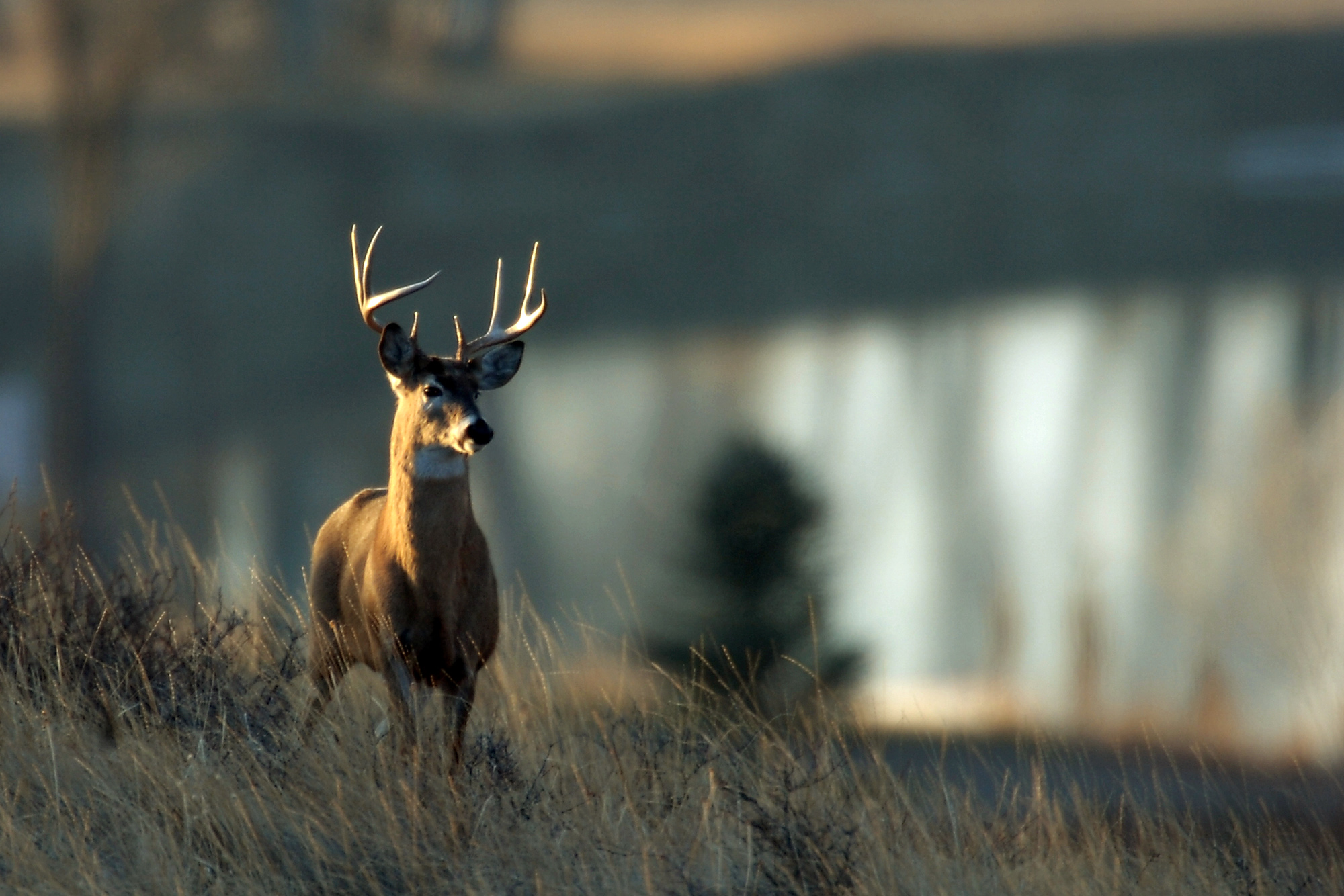COMMENTARY BY DR. DAVE SAMUEL
If you are like me, you’ve always assumed that the older bucks chased does during the rut while the younger guys stayed out of the way. And you probably felt that some of the oldest bucks were tougher and feistier than other bucks, and because of their strength and aggressiveness, they did most of the mating in an area.
That was before the relatively new technology of trail cameras and DNA research. Trail cameras and DNA changed our perspective on a buck’s role in the mating process and the passing on of big-antlered buck genetics. For example, we now know that the oldest bucks do not do most of the mating. Sure those older boys mate does, but the 3 1/2-year-old age class bucks mate more does than other age classes. We knew that most bucks reached their prime in antler size at 5 1/2 or 6 1/2 years, so learning that 3 1/2’s did more breeding was a bit of a surprise.
Does this mean that the older bucks don’t rut as hard as the 3 ½’s do? Hard to know, but it looks that way, and if so, there has to be a reason. No question that older bucks are bigger and have larger antlers, but they apparently don’t chase does as hard or as much as the 3 1/2-year-old bucks. Chasing does for six weeks, along with some tough fights is obviously hard on a guy. It shows because after a really bad winter, following the rut, the oldest bucks seem to suffer the most. Maybe there is a good reason why the very oldest bucks don’t rut as hard.
Another big surprise in all this is that the youngest bucks mate a fair number of does. One Texas study showed that bucks 2 1/2 years of age did 21% of the breeding and yearling bucks did about 15% of the breeding.
I think the youngest bucks use a different breeding strategy. We know that the youngest bucks tend to hang around doe groups. And we know that does are bred in a 2-4 week period of time and that each doe is only receptive for 1-2 days during that window. Given that, in most areas, those older bucks just can’t get it all done, so while they are busy with a hot doe, the younger bucks come in and mate other does. One researcher called this a “sneaking strategy.” They just hang around the does and jump in when they can. So, the big bucks move more during the rut, while the younger bucks move less, stay close to doe groups, and hope to get lucky before an older buck comes along. Makes sense.
This short window of breeding opportunity also brings up another issue. It suggests that bucks have a strategy to locate receptive does rather than wander around randomly hoping to find one. I remember when scrape hunting got hot about 30 years ago. The belief was that hot does come to scrapes, urinated there and then bucks would come to that scrape, pick up on the odor and follow and find that doe.
No question that bucks do come to scrapes, but we now believe some other things are happening as well. It seems that some mature bucks don’t move around a lot in their home range, but come rut time, they leave the area, move to a totally new location and spend a day, then return back to their home range. They head out in a relatively straight line, then return on the same route. They may do this several times over a few days. The speculation is that they are going to an area where there are some does, and they are checking to see if any are ready to breed. If not, they come home and try again in a day or two. Apparently, this behavior isn’t about rutting hard, it’s simply about finding hot does.
Just when we think we have this all figured out, we learn that there are some bucks that have two home ranges, spending days in one area, then moving back to their original area. Such movements go back and forth all year long. Apparently, this is the strategy they use to find hot does.
Out of all this, we’ve come to know that there is a lot of individual variation in buck rutting behavior and buck movements during the rut. But one fact seems to be fairly consistent: Bucks in the rut move to specific patches of timber or brush looking for does. In fact, most go to three or four patches on a regular basis. They aren’t just rambling about. Bucks learn where to find does and they go there on a regular basis, looking for them. Find those routes and you’ve got a great place to set up.
I know, I keep throwing some new clinker into the pot, but here is another. Using DNA data, we’ve learned that some of the older bucks do not mate does at all. That fact really does show that some bucks don’t rut hard, in fact, they don’t rut at all. Who knows what that is all about, but it shows that the system we thought worked in the wild, isn’t quite as we envisioned.
What’s that old saying? “Things are not always what they seem.”




